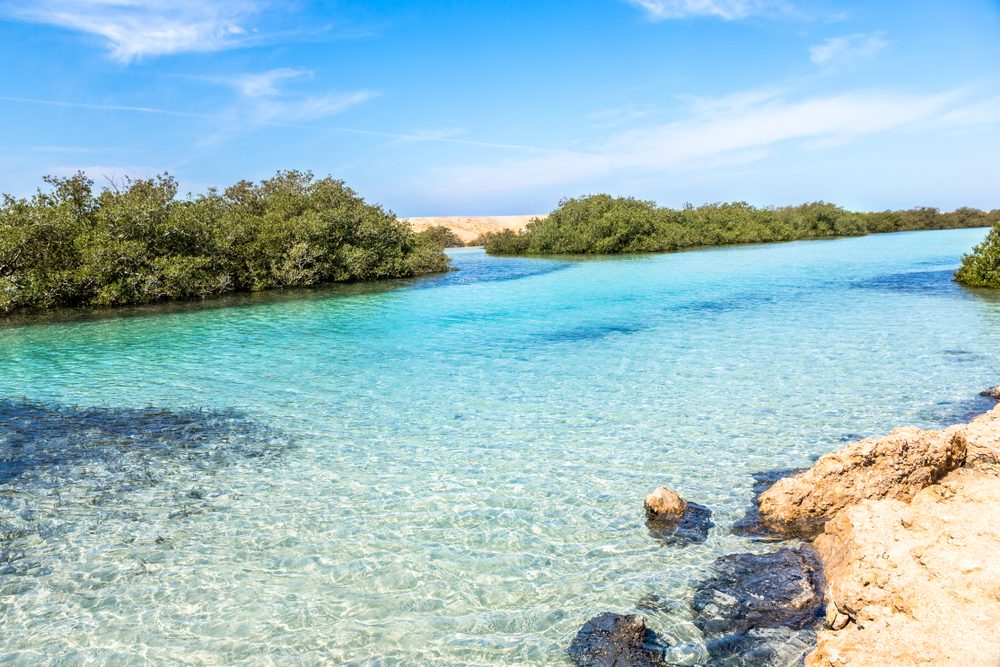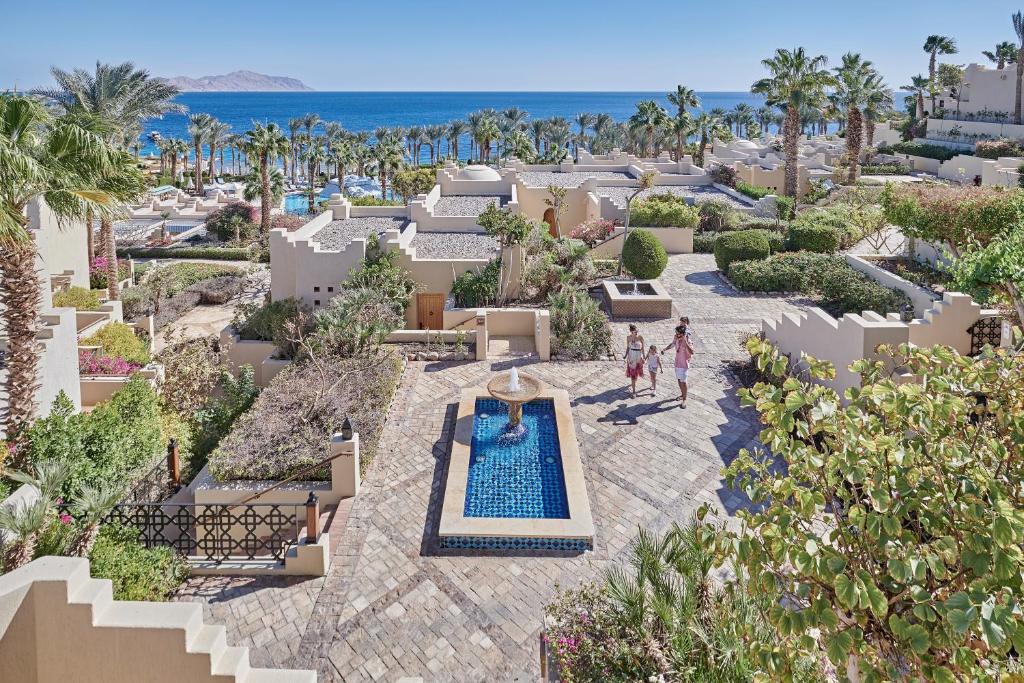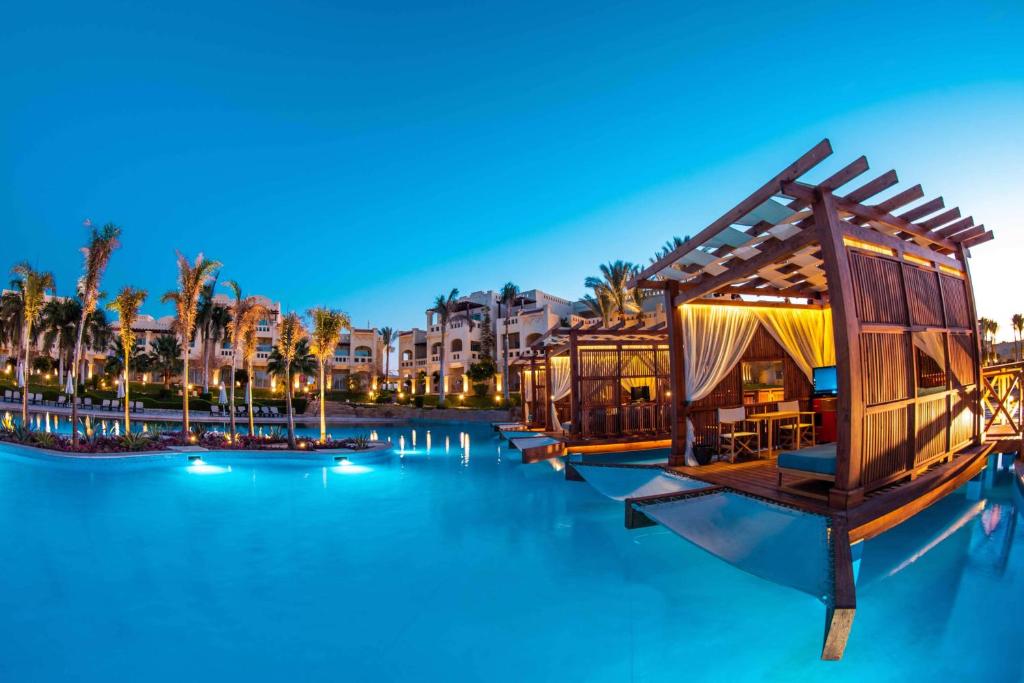South Sinai
WELCOME TO South Sinai
Province Overview
Sharm El-Sheikh
37,000 km2
168,500
Arabic

Popular
Geography and Tourist Attractions
Information about the province's tourist attractions, including popular destinations, events, and activities.

Mount Sinai

Ras Mohammed National Park

The Colored Canyon
Political
Economy and Government
The economy of South Sinai province in Egypt is primarily driven by tourism and agriculture. The region's stunning natural landscapes, historical sites, and coastal areas attract a significant number of domestic and international tourists, contributing to the local economy. Tourist activities, such as diving, snorkeling, and beach resorts, provide employment opportunities for the local population.
Agriculture in South Sinai is mainly focused on date palm cultivation, due to the region's favorable climate and soil conditions. Bedouin communities also engage in livestock rearing, primarily sheep and goats. However, agriculture remains limited due to the arid desert environment and water scarcity.
In terms of governance, South Sinai is administered by a governor who is appointed by the central government in Egypt. The governor oversees the implementation of policies, development projects, and provision of public services in the province. Local administrative bodies, such as municipal councils, play a role in addressing local issues and managing public facilities.
The Egyptian government recognizes the significance of the tourism sector in South Sinai and has implemented measures to promote and support its growth. Infrastructure development, including transportation and utilities, is a priority to enhance connectivity and facilitate tourism activities. Efforts are also being made to ensure sustainable tourism practices and preserve the natural and cultural heritage of the region.

History
History and Culture
The history and culture of South Sinai province in Egypt are rich and deeply intertwined. The region has been inhabited for thousands of years, with evidence of human presence dating back to prehistoric times. Throughout history, South Sinai has been a crossroads for various civilizations, including ancient Egyptians, Romans, Byzantines, and Islamic cultures.
South Sinai is home to significant historical sites, such as St. Catherine's Monastery, an ancient Christian monastery dating back to the 6th century. The monastery houses valuable religious artifacts and manuscripts, including the Codex Sinaiticus. The region also features ancient mining sites and trade routes that were crucial in antiquity.
The local culture of South Sinai is influenced by the Bedouin tribes who have traditionally inhabited the area. Bedouin traditions, including hospitality, music, and handicrafts, have shaped the cultural fabric of the region. The Bedouin lifestyle and customs offer a glimpse into the nomadic heritage that has adapted to the challenges of the desert environment.
Traditional festivals and celebrations, such as the Moulid of Sheikh Awad and the Camel Race Festival, showcase the cultural vibrancy of the region. Traditional music, dance, and Bedouin cuisine are cherished aspects of the local culture.
South Sinai's history and culture create a unique blend of ancient traditions, nomadic heritage, and a deep connection to the land, making it a captivating destination for those seeking to explore the region's fascinating past and immerse themselves in its vibrant cultural tapestry.
HOTELS

Four Seasons Resort Sharm El Sheikh

Rixos Sharm El Sheikh

Movenpick Resort Sharm El Sheikh
RESTAURANTS

Fares Seafood Restaurant (Sharm El Sheikh)

Tandoori (Dahab)

